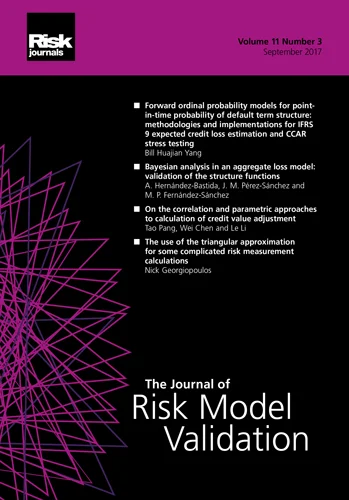Journal of Financial Market Infrastructures
ISSN:
2049-5404 (print)
2049-5412 (online)
Editor-in-chief: Manmohan Singh

Functional consistency across retail central bank digital currency and commercial bank money
Need to know
- Functional consistency can mitigate the risk of fragmentation across CBDC and commercial bank money.
- This requires that different forms of money have common operational characteristics.
- Industry collaboration is required to achieve functional consistency.
Abstract
Central banks are actively exploring central bank digital currencies (CBDCs) by conducting research, proofs of concept and pilots. However, adoption of a retail CBDC can risk fragmenting both payments markets and retail deposits if the retail CBDC and commercial bank money do not have common operational characteristics. In this paper we focus on a potential UK retail CBDC – the “digital pound” – and the Bank of England’s “platform model”. We first explore how the concept of functional consistency could mitigate the risk of fragmentation. We next identify the common operational characteristics that are required to achieve functional consistency across all forms of regulated retail digital money. We identify four design options based on the provision of these common operational characteristics by the central bank, payment interface providers, technical service providers or a financial market infrastructure. We next identify architecturally significant use cases and select key capabilities that support these use cases and the common operational characteristics. We evaluate the suitability of the design options to provide these key capabilities and draw insights. We conclude that no single design option could provide functional consistency across digital pounds and commercial bank money and, instead, a complete solution would need to combine the suitable design option(s) for each key capability.
Only users who have a paid subscription or are part of a corporate subscription are able to print or copy content.
To access these options, along with all other subscription benefits, please contact info@risk.net or view our subscription options here: http://subscriptions.risk.net/subscribe
You are currently unable to print this content. Please contact info@risk.net to find out more.
You are currently unable to copy this content. Please contact info@risk.net to find out more.
Copyright Infopro Digital Limited. All rights reserved.
As outlined in our terms and conditions, https://www.infopro-digital.com/terms-and-conditions/subscriptions/ (point 2.4), printing is limited to a single copy.
If you would like to purchase additional rights please email info@risk.net
Copyright Infopro Digital Limited. All rights reserved.
You may share this content using our article tools. As outlined in our terms and conditions, https://www.infopro-digital.com/terms-and-conditions/subscriptions/ (clause 2.4), an Authorised User may only make one copy of the materials for their own personal use. You must also comply with the restrictions in clause 2.5.
If you would like to purchase additional rights please email info@risk.net








